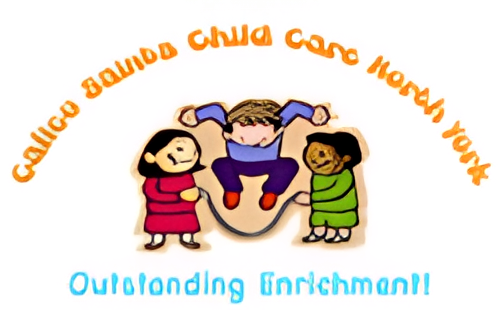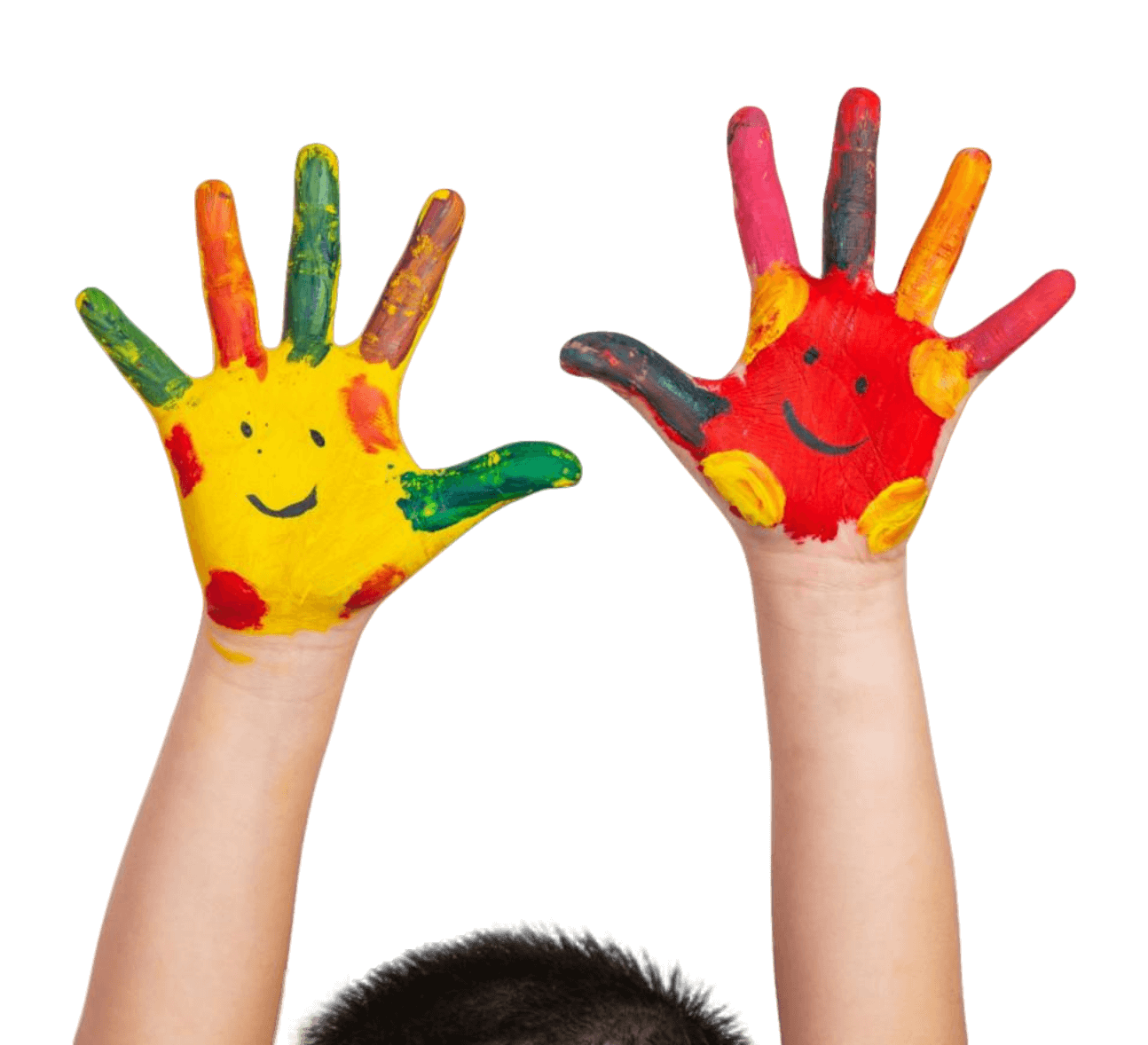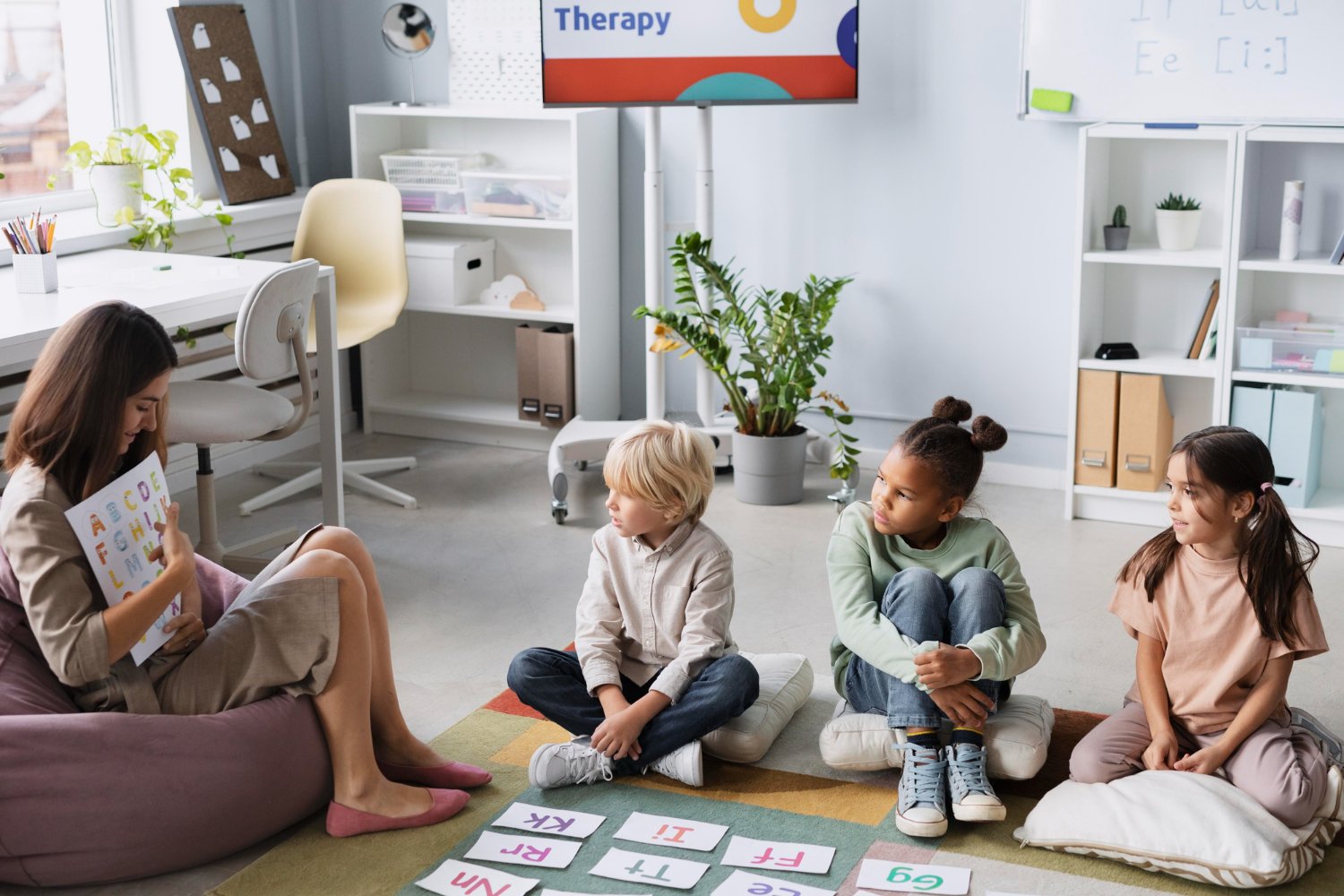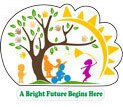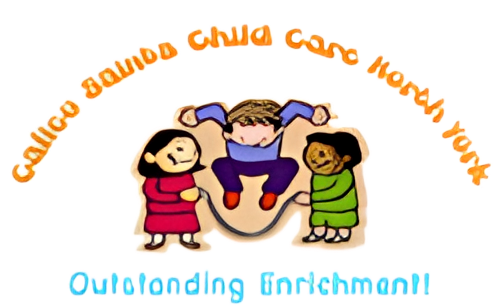Introduction to Holistic Education in Early Years
Holistic education isn’t just about teaching kids their ABCs and 123s. It’s a big picture approach. Think about it as nurturing the whole garden, not just one plant. This method helps kids grow in all areas: their minds, sure, but also their hearts, their bodies, and their relationships with others. It’s about the kind of people they’re becoming, not just the facts they’re learning. Holistic education looks at each child as a unique individual, kind of like each kid is a custom project, and asks, “What does this one need to thrive?” It’s not one-size-fits-all; it’s tailored and it respects each child’s own pace and interests. Kids get to explore, play, and just be kids while they learn about the world and how to work with others. Kind of like how we adults work best—when we’re seen as whole people, not just job titles.
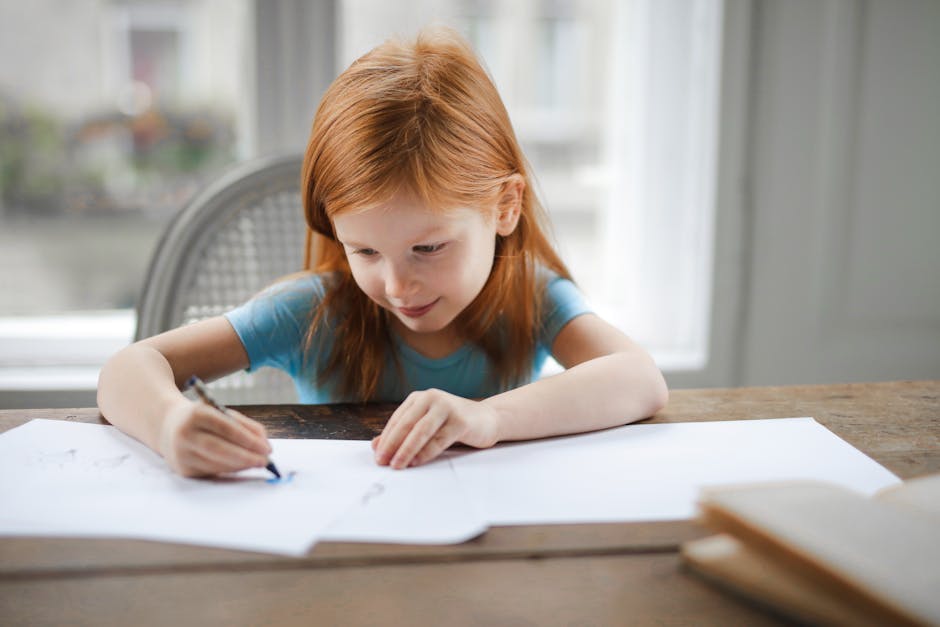
What is a Holistic Approach in an Early Education Center?
In early education centers, a holistic approach takes into account the whole child. This means looking beyond academic skills to foster social, emotional, physical, and creative development. It’s about shaping kids who are well-rounded, capable of critical thinking and problem-solving. Teachers don’t just feed facts; they set up environments where kids explore and learn about the world and themselves. Key areas of focus in this method include nurturing healthy relationships, promoting self-awareness, and encouraging curiosity and love for learning. This method helps children grow into balanced individuals ready to take on life’s challenges.
Key Components of Holistic Early Education
Holistic early education isn’t just about learning ABCs and 123s. It’s a full-scale approach that nurtures kids’ minds, bodies, and spirits. First off, emotional development is crucial. It’s all about helping kids understand and manage their feelings. Then there’s social learning; this means kids learn to play nice, share, and make friends. Don’t forget physical development – that’s getting kids moving and grooving to boost their health. Intellectual growth is in the mix too, where kids’ brains are challenged with puzzles and problems. Lastly, there’s creative expression – giving kids a pile of crayons and letting their imaginations run wild. Put all these parts together, and kids are set with the skills they need for the big leap into the real world.
The Role of Environment in a Child’s Holistic Development
The space where a child learns plays a critical role in their overall growth. Think of the environment as both a teacher and a canvas—it influences and is shaped by the child’s experiences. In a well-designed early education center, every corner, every color, and every texture serves a purpose. They stimulate the senses, encourage exploration, and can either calm or excite. Children need spaces that are safe, inclusive, and full of learning opportunities. Such environments enrich their cognitive, physical, emotional, and social development. It’s not just about having a variety of toys; it’s about creating an atmosphere that fosters curiosity and allows children to interact with their world. For example, a reading nook with a comfortable mat and accessible bookshelves invites them to discover the joy of stories. An outdoor play area with plants and playground equipment can challenge their motor skills while teaching them about nature. It’s these details that turn a room into a nurturing setting for a young mind to flourish in all aspects.
Incorporating Health and Wellness at an Early Education Center
When young kids step into an early education center, introducing them to healthy habits offers benefits that extend well past the classroom. Think of the center as a training ground for life. Ingraining health and wellness is not just about having fun during playtime; it’s about shaping tiny humans to thrive outside the safety of the center’s walls. By combining playful activities with lessons on good nutrition and the importance of movement, educators launch kids on a path to take on the world, feeling good in their skin and sharp in their minds. Sowing seeds of mindfulness lets kids handle their emotions with grace, not just with their peers but in the grander scheme of their world. It’s not complicated: healthier snacks, a bit more running around, and time to talk about feelings—these simple shifts in a day can make big waves in a lifetime.
Emotional and Social Learning in Early Childhood
Kids aren’t just tiny adults. They’re like little sponges soaking up the world around them, especially when it comes to emotions and how to play nice with others. That’s why in early education, teachers don’t just stick to the ABCs and 123s. They focus on feelings and friendships, too. Embracing a kid’s social and emotional learning, or SEL for short, is key. It’s all about helping them understand and manage their emotions, feel and show empathy for others, make pals and keep them, follow rules, and solve problems. When kids get this right, they’re set for life—not just kindergarten. So the next time you peek into a preschool and see the little ones chatting about their feelings or learning to share, remember, they’re building skills that are just as important as knowing their shapes and colors. They’re learning to be great humans, and that’s what really counts.
Creativity and Play: Core to Holistic Teaching Methods
Holistic teaching methods put creativity and play at the heart of learning. You see, when kids play, they’re not just having fun; they’re exploring the world, solving problems, and learning to socialize. Teachers at early education centers know this and weave play into everything they do. They might set up a station where kids pretend to run a grocery store, learning math skills as they “buy” and “sell” items. Or they could have art projects that not only help with motor skills but also let kids express themselves. And when kids create, whether it’s a tower of blocks or a finger painting, they’re learning to think outside the box. It’s these playful yet purposeful activities that lay a strong foundation for lifelong learning.
How Early Education Centers Implement a Holistic Curriculum
Early education centers adopting a holistic approach don’t just focus on academics; they consider the entire well-being of the child. Their curriculum is designed to nurture a child’s social, emotional, physical, and mental development. Teachers engage kids in a variety of activities that promote creativity, critical thinking, and problem-solving. They encourage little ones to explore the world through art, music, and play, building a strong foundation for lifelong learning and well-being. Moreover, these centers often include outdoor activities and nature exploration to foster a respect for the environment and develop physical health. Through such a curriculum, children learn to cooperate, communicate, and understand their emotions, equipping them for all areas of life.
Parental Involvement and Community Engagement
Getting parents and the community involved in early education makes a world of difference. You see, kids don’t just learn from books or teachers alone. They soak up everything around them, like sponges. When parents chip in, kids get a sense of continuity between home and school. Their learning becomes a full-circle deal, not something that just happens at a desk.
Now, I’m not just talking about parents reading stories in the classroom. It’s also about showing up for those bake sales, attending school events, and heck, even sharing a skill with the class. This stuff matters. It tells kids that learning’s not a solo act – it’s a group gig.
And let’s not forget the people around the school – the community. When local businesses or neighbors get in on the action, they offer real-world lessons and resources. Maybe it’s a local grocer teaching the tykes about fruits and veggies. Suddenly, that math lesson about counting apples is not just in their head – they’ve touched and smelled the apples. That’s learning that sticks.
To sum it up, when parents and the community roll up their sleeves, it sparks a love for learning in children that can last a lifetime. And isn’t that what we’re all after?
Concluding Thoughts on the Future of Early Education Centers
Our young minds are the architects of tomorrow, and the future of early education centers holds significant importance in their development. As we edge into a modern era, these centers must embrace a holistic approach. Why? Because children are not just brains to fill with knowledge, but hearts and hands that need nurturing too. It’s essential that education centers evolve to meet the emotional, social, physical, and intellectual needs of kids. Technology will play a big role, sure, but let’s not forget the power of human connection, creativity, and outdoor play. The centers that get this balance right, that prepare our little ones for both the digital landscape and the real world, they’re the ones that will make a lasting impact. And isn’t that what we’re all aiming for? Let’s raise well-rounded individuals ready to take on their future with confidence and compassion. This is the path forward for early education centers, and, indeed, for our society.
